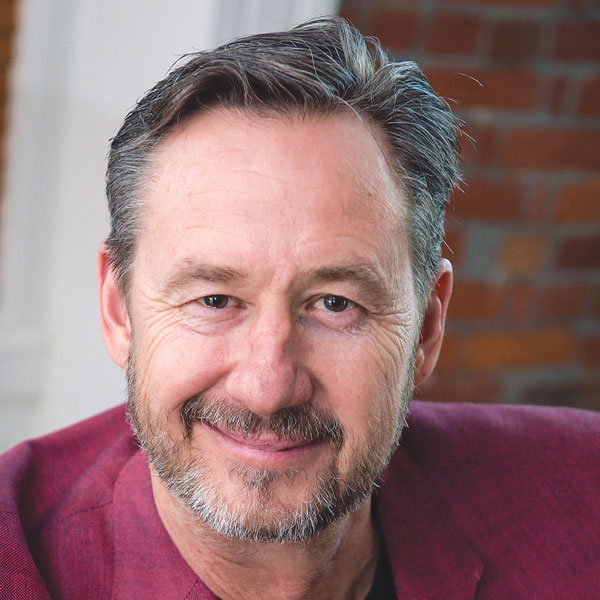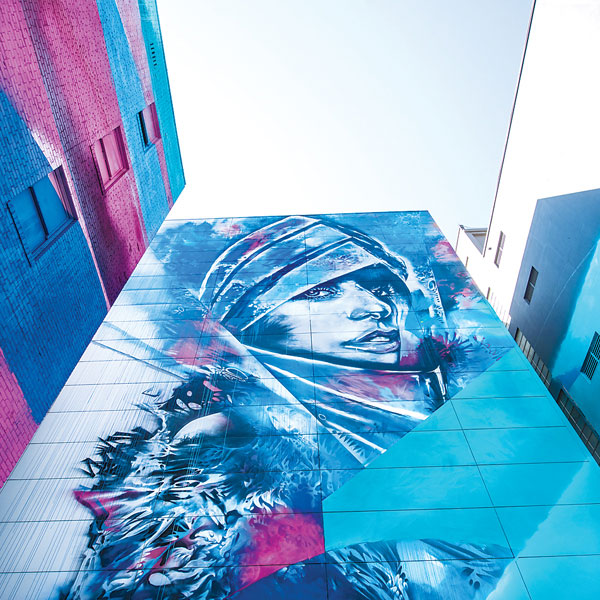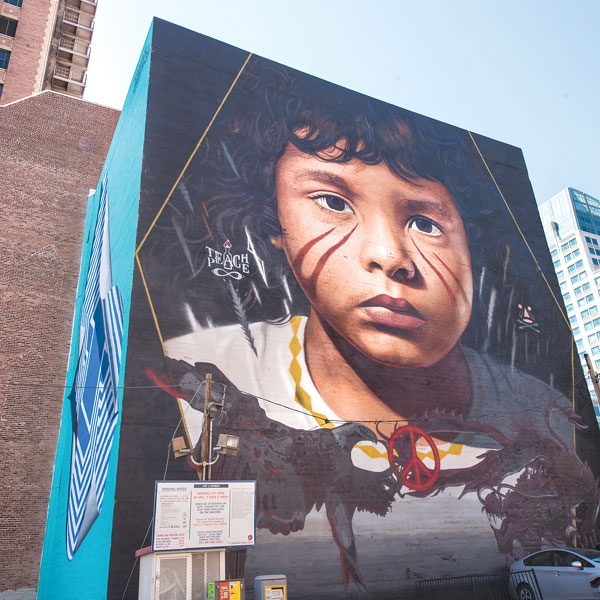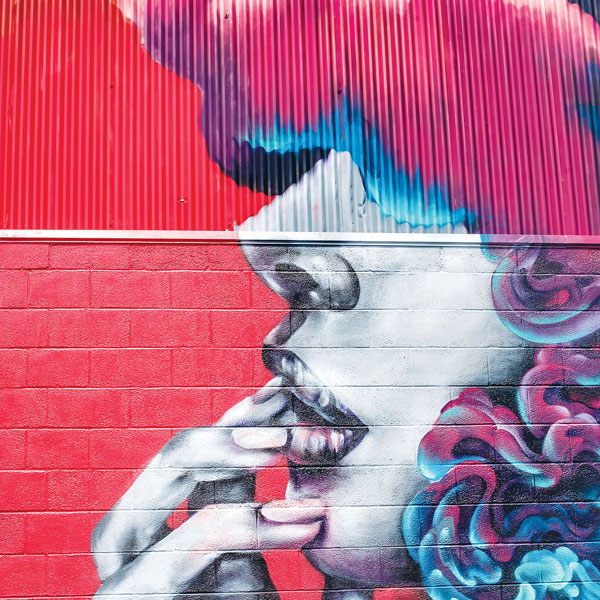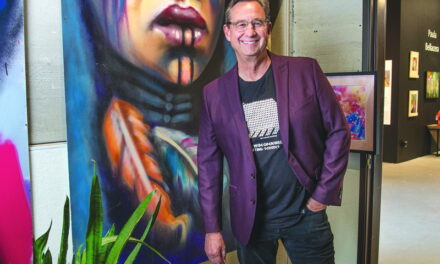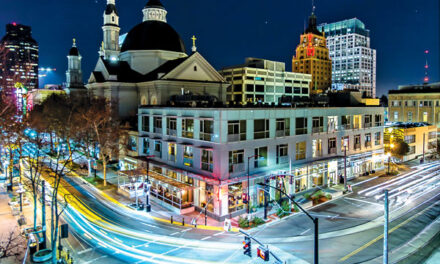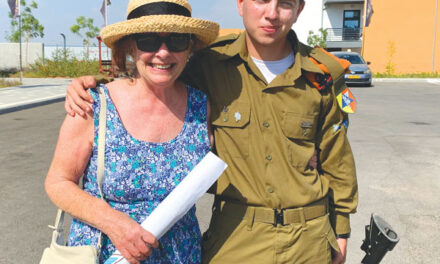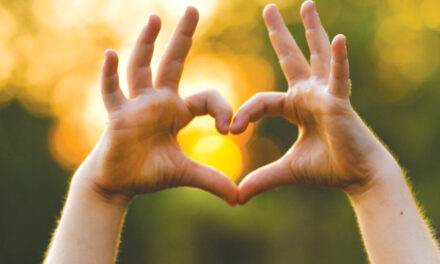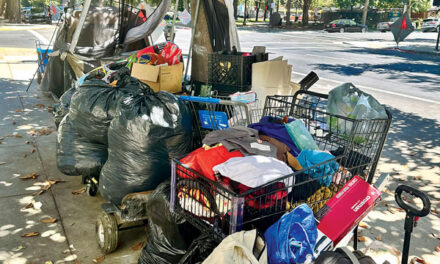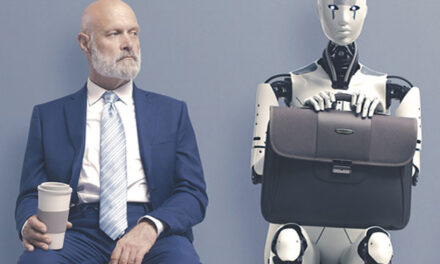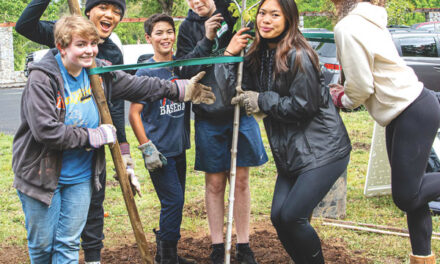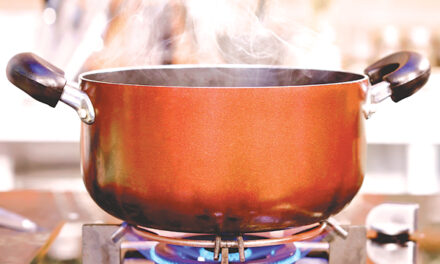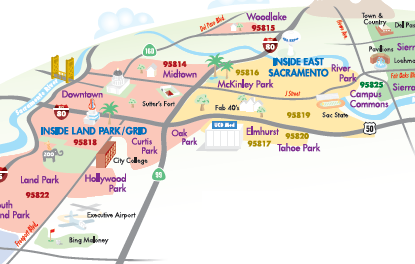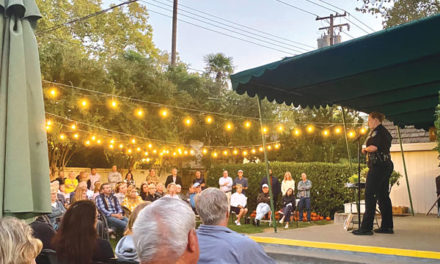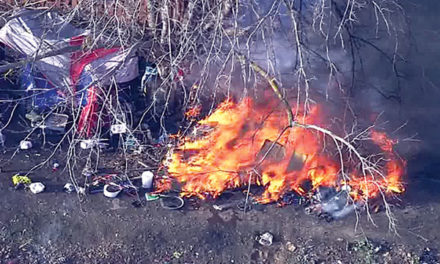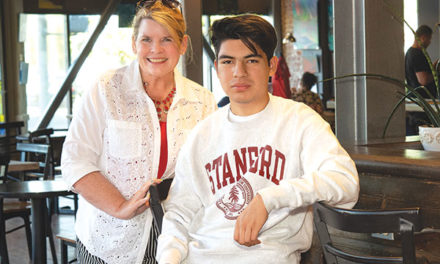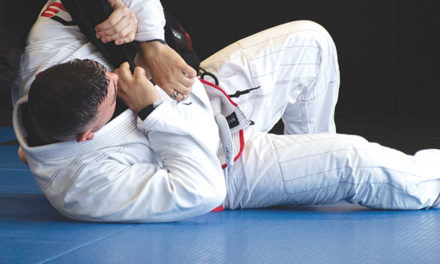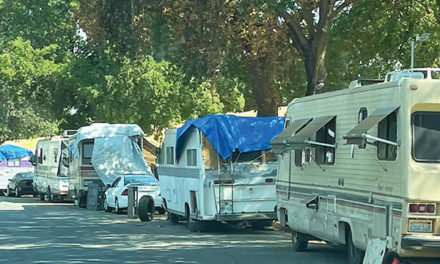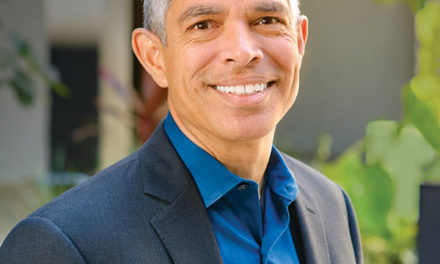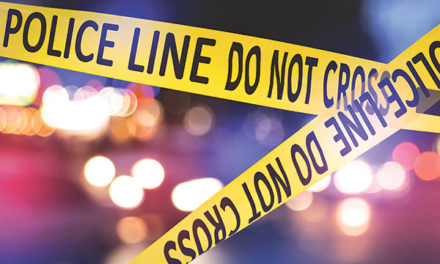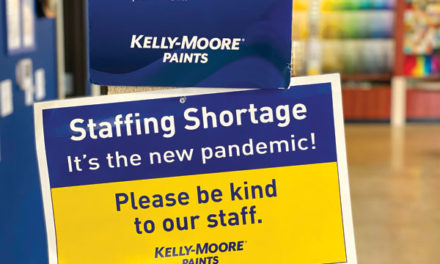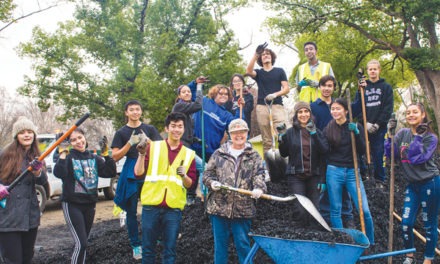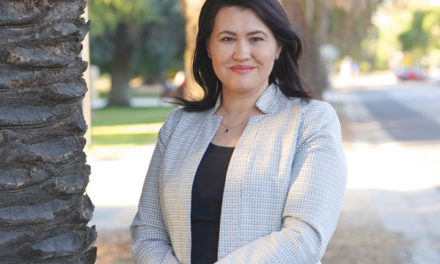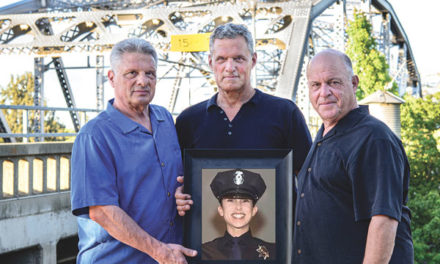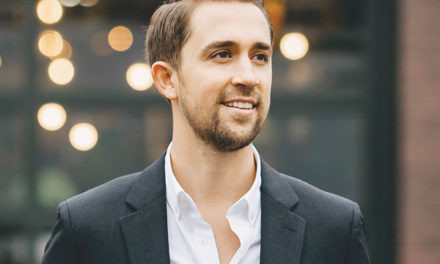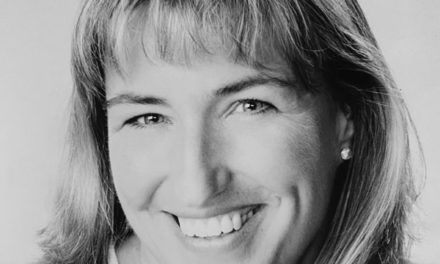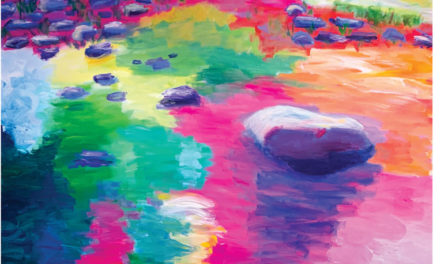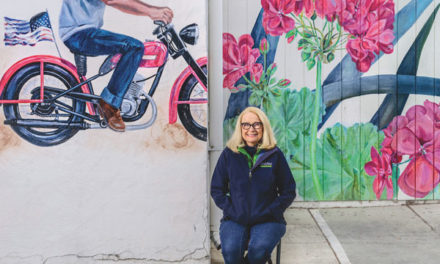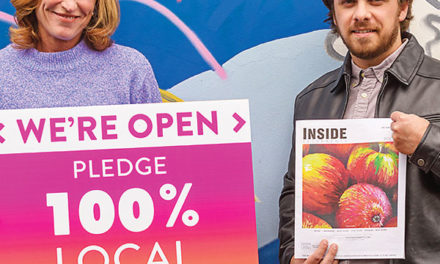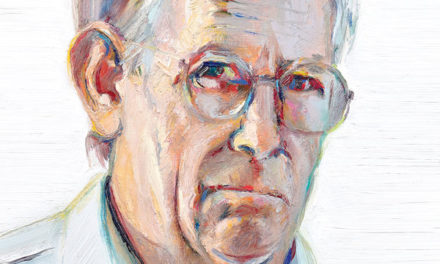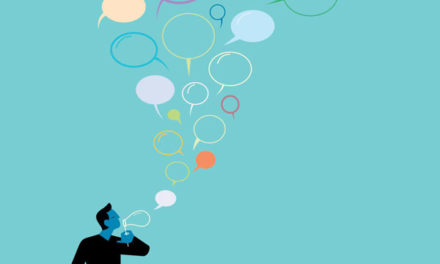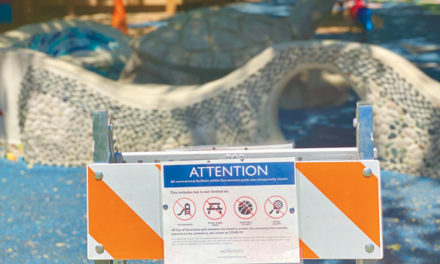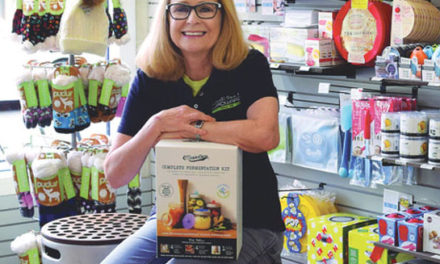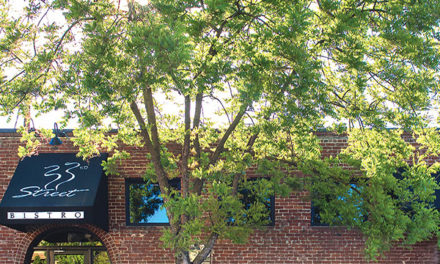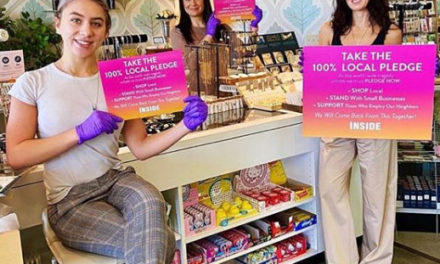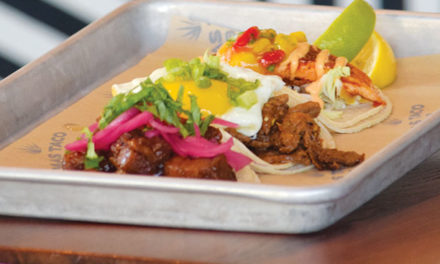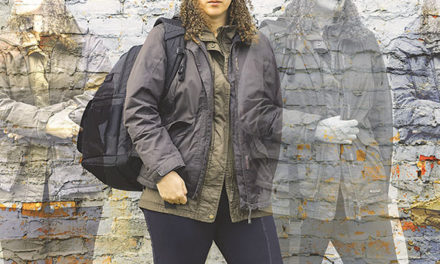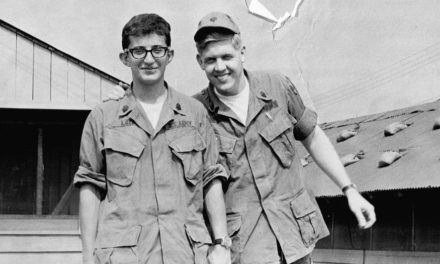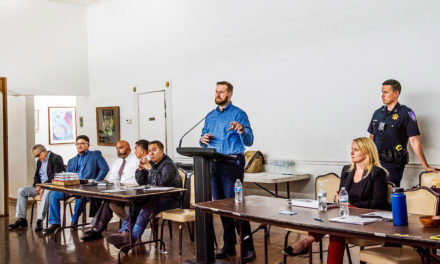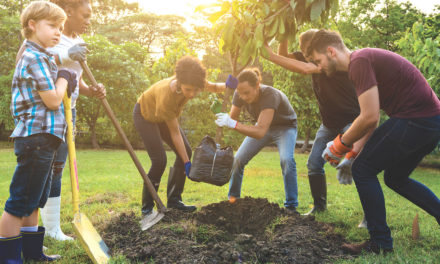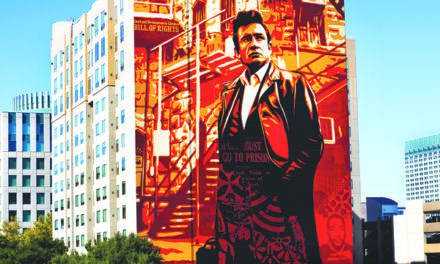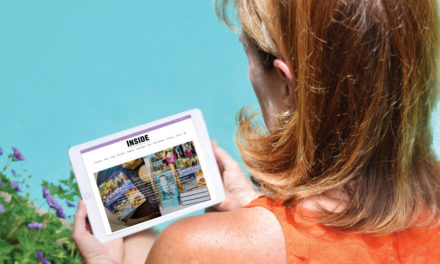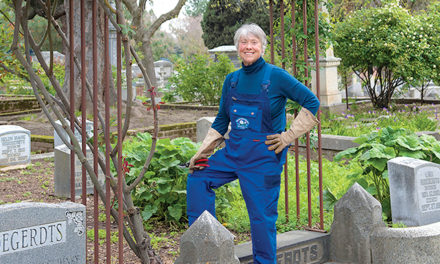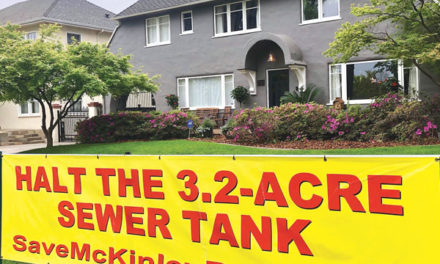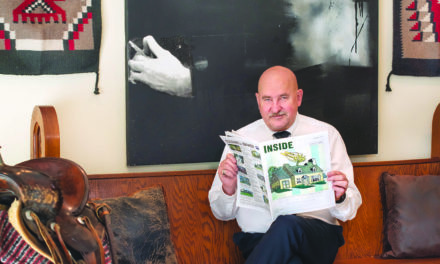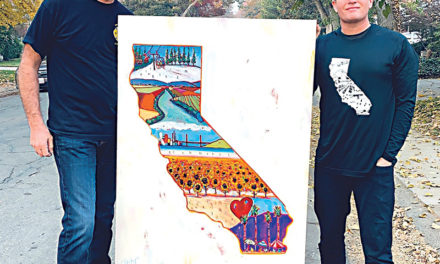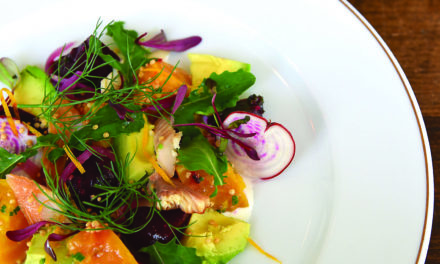
Across the world, the mural movement is bringing artistry and color to cities large and small.
A growing body of research has associated murals with social, cultural and economic benefits. Murals help build a sense of community. They offer accessibility to art and creative expression without the problem of cost-based barriers, such as museums and galleries.
This month, our own city’s mural status will be multiplied and celebrated. Running Aug. 8–18, Wide Open Walls has become the premiere mural festival on the West Coast, attracting artists from all over the world who contribute to Sacramento’s vibrant street art scene.
At the helm is Wide Open Walls founder David Sobon. Now in his third year as event director, Sobon turned his energy toward murals after working with another group of arts leaders in 2016 as part of the Sacramento Mural Festival.
Sobon is best described as a “live wire.” He’s full of energy, with a sharp and creative mind. By profession he’s an auctioneer, helping raise funds for local nonprofits through the charity auction circuit. But as he approached midlife, he wanted to do something more.
In the three years he’s focused on mural making, Sobon has made his mark, traveling to speak at art and mural conferences. He says the festival changed his life.
“I don’t look at buildings or walls the way other people do,” Sobon says. “To me, everything is now a blank canvas. My vacations and my free time are spent looking at other communities and observing how the street art movement has changed them.
“It’s also made me realize how important art is in daily life and the difference it can make to a community.”
Groups around the world have used murals to promote local talent and engage communities. By turning empty city walls into huge public canvases, their efforts have brought lasting impacts to local neighborhoods. Murals create a tangible sense of place and destination. This results in increased foot traffic while adding color, vibrancy and character to the urban environment.
“I find great joy in being a part of the positive changes that are happening in Sacramento. Art can do so many things that bring a community together: create landmarks and places to reflect and heal, create a sense of pride, and ask questions and spur discussion. They are also a source of entertainment and joy, they beautify neighborhoods and even spur economic development,” Sobon says.
I was surprised to learn from Sobon that more than 400 murals existed in Sacramento before Wide Open Walls debuted in 2017. Frankly, they didn’t receive a lot of attention. Through Sobon’s relentless promotion, our city’s murals are no longer overlooked. “And that gives me great joy,” he says. “It raises the city’s profile of art in general, and of some of our local artists in particular.”
The 10-day festival is just the start for the Wide Open Walls organization. Working almost year-round, Sobon strives to match murals with locations. “My experiences have taught me how important it is to curate the right projects in the right neighborhood,” he says. “This involves taking the time to listen to the community and how they see themselves.”
Wide Open Walls requires significant financial commitments. Murals don’t come cheap. “The support from the community has been encouraging, but the amount of time it takes to develop the long-term relationships with new sponsors is a full-time job,” Sobon says.
I love to look at murals. But even more important is how they positively impact our community. The “broken windows” theory states that visible signs of crime, anti-social behavior and civil disorder create an urban environment that encourages further crime and disorder. The theory suggests policing methods should target minor crimes impacting quality of life, thereby preventing more serious crimes.
I believe murals are examples of the “broken windows” theory, but in reverse. They enhance public safety by creating the feeling that a location is cared for and respected. This in turn could make crimes of opportunity, such as vandalism, illegal dumping and robbery, less likely.
This theory may be controversial. But there is no doubt that when we create welcoming, engaging and walkable places to gather, our neighborhood streets will be safer.
Cecily Hastings can be reached at publisher@insidepublications.com. Follow us on Facebook, Twitter and Instagram: @insidesacramento.


